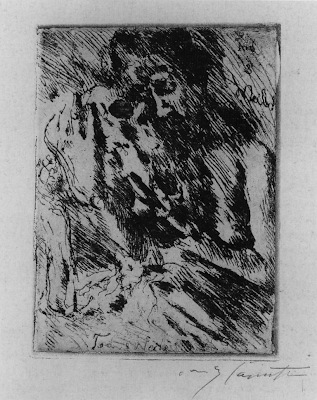 |
| Self portrait with skeleton (1896) |
 |
| Death and the pair |
 |
| Death and artist |
 |
| Death and youth |
 |
| Death and oldman |
 |
| Death and wife |
 |
| Death at Strucks (name of a friendy coulpe) |
 |
| Self portrait with skeleton (1896) |
 |
| Death and the pair |
 |
| Death and artist |
 |
| Death and youth |
 |
| Death and oldman |
 |
| Death and wife |
 |
| Death at Strucks (name of a friendy coulpe) |



Δεν υπάρχουν σχόλια:
Δημοσίευση σχολίου